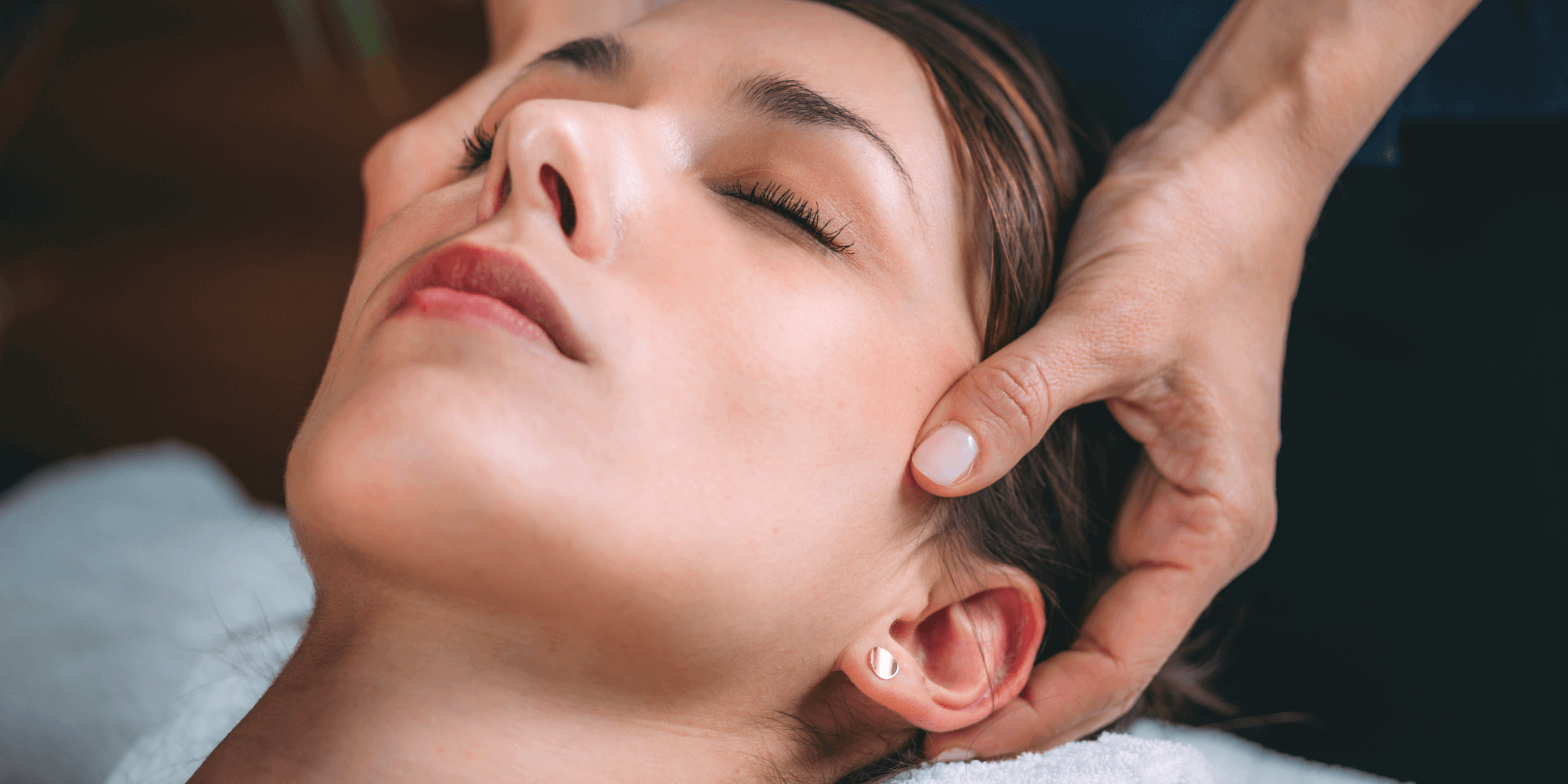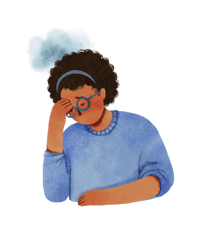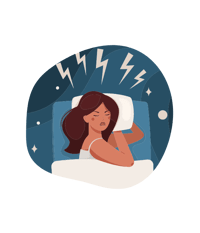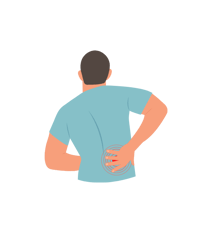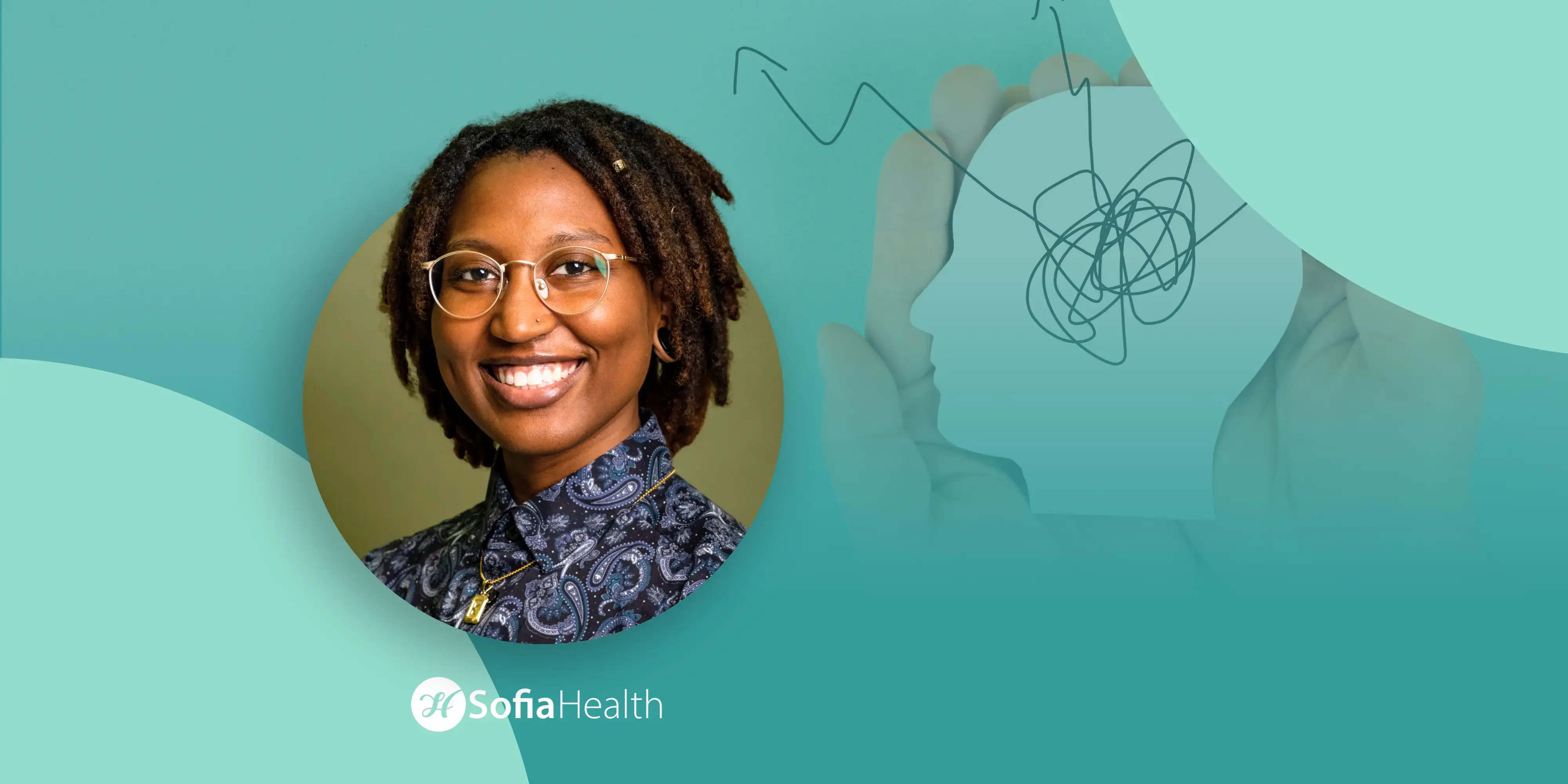Craniosacral therapy is an alternative therapy thought by many to help relieve discomfort, reduce stress, and improve quality of life. It works by gently manipulating specific pressure points, in order to guide the flow of cerebrospinal fluid and natural energy within the body.
Table of Contents
Specifically, CST practitioners bring together the:
Cranium.
More commonly known as the skull, it's composed of hard, bony structures known as cranial bones, which enclose the brain and spinal cord. These structures form a protective environment for the delicate tissues of the brain.

Spinal Column.
Four distinct elements make up the spinal column:— bones, joints, muscles, and ligaments. The spinal column forms the backbone of the spine, supports the back’s complex motion, and also protects the spinal cord.
Sacrum.
Comprised of five fused vertebrae, the sacrum is considered to be the center of gravity for the human body. It’s also referred to as the base of the spine because it supports and protects the spinal cord. The sacrum is a large triangle-shaped bone that connects to the pelvis.
The term craniosacral, a portmanteau of the words cranial and sacral, references the fact that these two structures are the center of gravity for the skull and spine, respectively. The therapy seeks to balance these structures through gentle, rhythmic pressure applied by the hands and is intended to normalize the flow of cerebrospinal fluid in the brain and spinal cord, which can become impaired through disease, injury, or emotional stress. CST may also promote relaxation and ease symptoms of migraines, headaches, and back pain, and help people manage their stress and depression.
Who Can Benefit From CST?
As a therapy, CST is often recommended for individuals who are experiencing acute or chronic pain in their neck, head, back, legs, or feet. It's also sometimes used by massage therapists and physical therapists as part of rehabilitation programs or for the prevention of injury. It's not intended as a direct treatment for any illness. Rather, CST is used to support more conventional treatments and, in the right circumstance, can be an excellent aid to their use.
Moreover, CST may be useful for those whose bodies are imbalanced or damaged in some way —as may be the case for individuals who've experienced a stroke, head injury, or other medical issues. Provided that they're otherwise healthy and have checked with a healthcare provider, people who have no structural damage to the spine and are free from severe health complications are usually suitable candidates for craniosacral therapy.
People living with a range of conditions often appeal to CST to find relief from their symptoms, for instance, those living with:
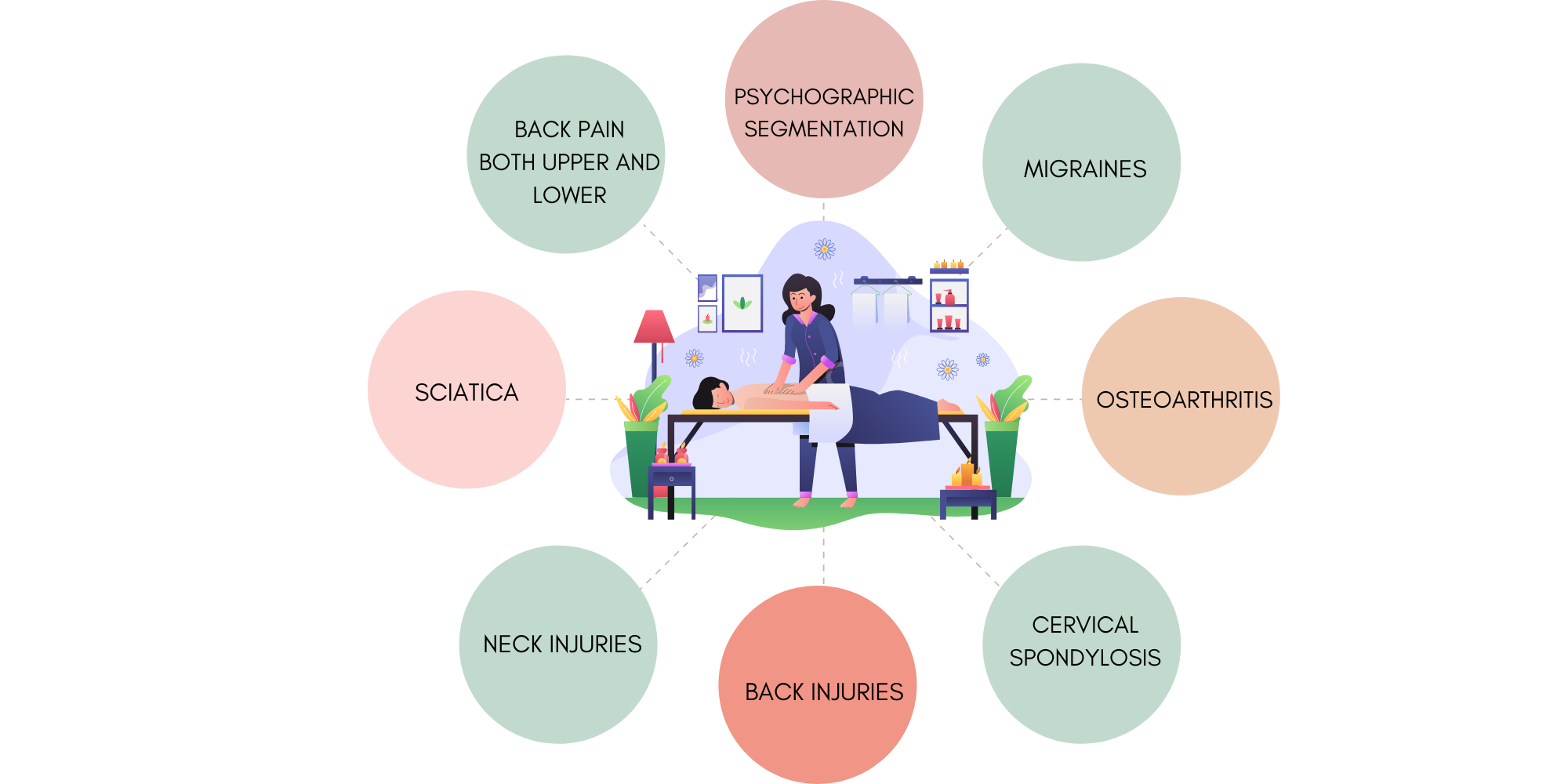
CST isn’t meant to replace the treatments prescribed by doctors. The therapy does work alongside medical treatments, such as surgery and medication, but it's best to consult your doctor before starting CST, which can be an excellent way to supplement another medical treatment and even help you recover faster or more comfortably.
How Does CST Work?
The theory behind CST is that the cerebrospinal fluid, the fluid that cushions the brain and spinal cord, moves through the body along specific pathways. If these pathways are impaired, the brain and spinal cord may become damaged or inflamed, which can lead to a variety of medical complications.
CST aims to restore the normal flow of this fluid by working with the bones, joints, and muscles in the sacrum and spine to rebalance their position. This can be done by holding the patient in various positions, or by applying pressure with the hands to different parts of the body. A therapist will massage your body with their hands to restore balance and allow the cerebrospinal fluid to flow freely again.
The first goal of CST is to find out where there are imbalances in the sacrum or spine that may be contributing to the problem. That accomplished, the CST practitioner will apply pressure to those places to balance them out. Once the cerebrospinal fluid has been re-balanced, the provider may repeat the process to make sure the proper flow of the fluid has been restored.
Your Appointment
You’ll need to schedule about an hour-long appointment with a practitioner, during which you’ll lie on a massage table, most commonly on your back. The practitioner will place their hands over your face, head, torso, or legs, and apply rhythmic pressure to the affected areas of your body.
People report feeling distinct sensations during a CST session. Some feel a deep relaxation that lasts for a few minutes or even longer. Others feel a sensation of tingling or pulsation over parts of their body. People who've had CST sessions also often report having vivid memories or colors in their vision when they come out of the session. The duration of these sensations varies among people. A few may feel them for only a couple of minutes, whereas others may experience them for several hours.
What Are the Benefits of CST?
Improved Mobility
A major benefit of CST is that it can help restore the flexibility of the joints, especially the spine. It helps to relieve pain and tension and can prevent injuries from occurring in the first place.
Stress Relief
CST is thought to relieve stress and tension and release both emotional and physical sources of anxiety. Research has shown that it may be effective for people suffering from conditions like migraines, neck pain, or insomnia.
Improved Sleep
One study showed that patients who underwent CST experienced fewer instances of sleep disorders. Plus, those who had CST treatments after suffering from sleep disorders saw an improvement in their symptoms.
Reduced Pain
People who have experienced CST report less pain in their neck, shoulders, and back. Some people also report having fewer headaches or migraines.
At Sofia Health, we are passionate about bringing healing to the mind, bodies, and souls of our clients. We offer unique craniosacral therapy treatments to help individuals achieve a deeper level of relaxation and healing.
SOURCES:
- BMC Musculoskeletal Disorders: “ Craniosacral Therapy for Chronic Pain: A Systematic Review and Meta-analysis of Randomized Controlled Trials.”
- Cedars Sinai: “ About the Sacrum.”
- Cedars Sinai: “ Spinal Cord and Nerve Roots.”
- Cleveland Clinic: “ Craniosacral Therapy.”
- The Clinical Journal of Pain: “ Craniosacral Therapy for the Treatment of Chronic Neck Pain: A Randomized Sham-controlled Trial.”
- The Cranial Therapy Centre: “ A Beginner’s Guide to Craniosacral Therapy.”
- Craniosacral Therapy Association: “ Frequently Asked Questions.”
- Exploringnature.org: “ Bones and Features of the Skull - Cranium and Face.”
- Medical Acupuncture: “ CranioSacral Therapy and Visceral Manipulation: A New Treatment Intervention for Concussion Recovery.”


